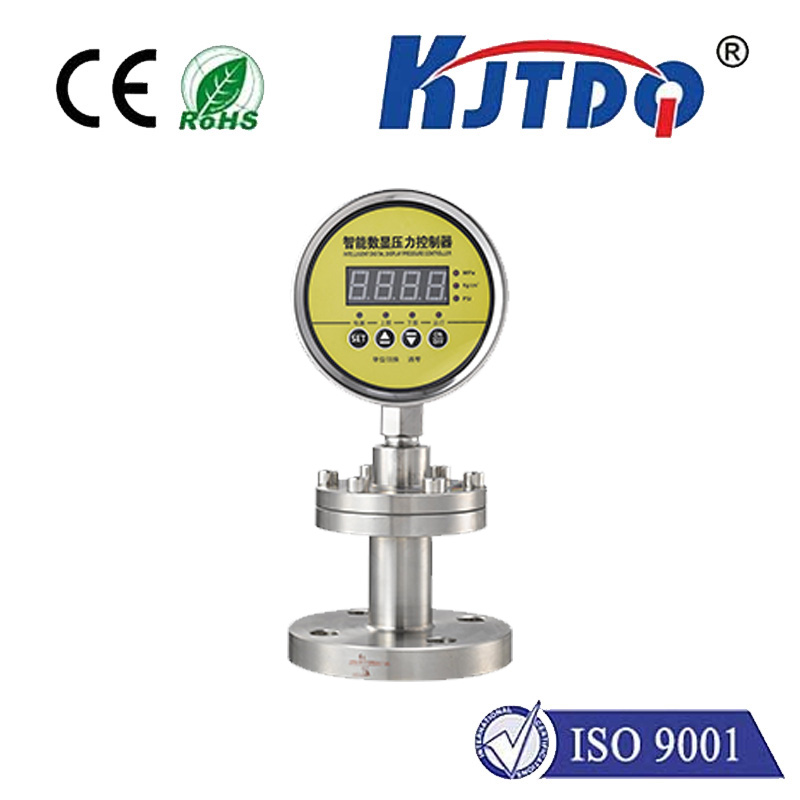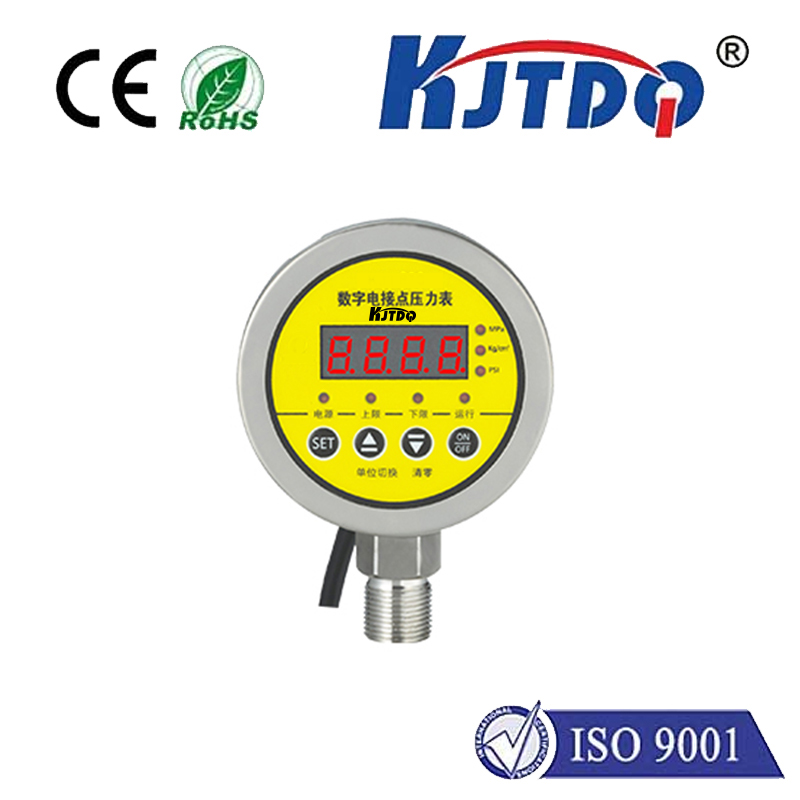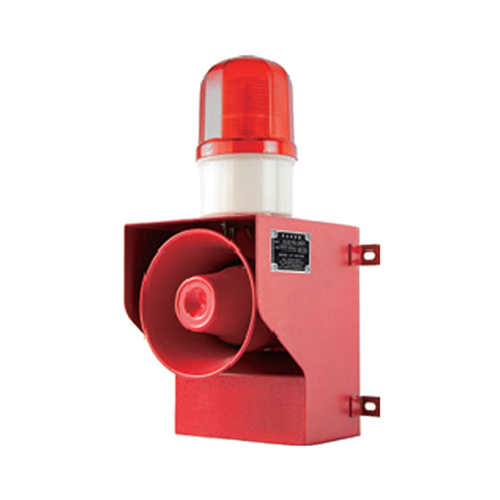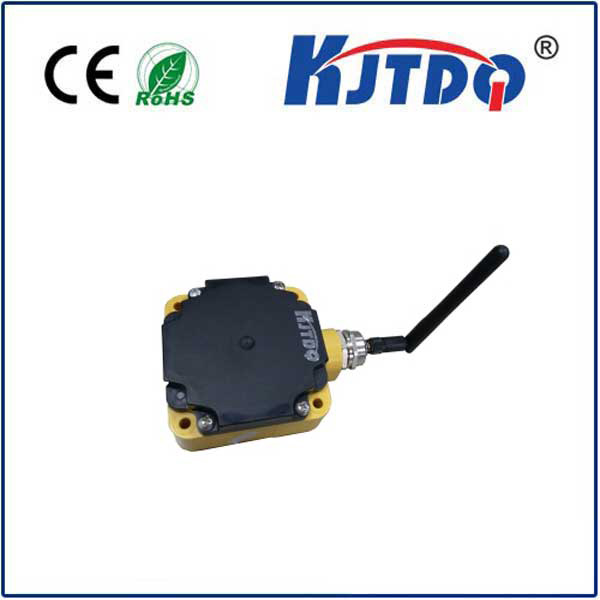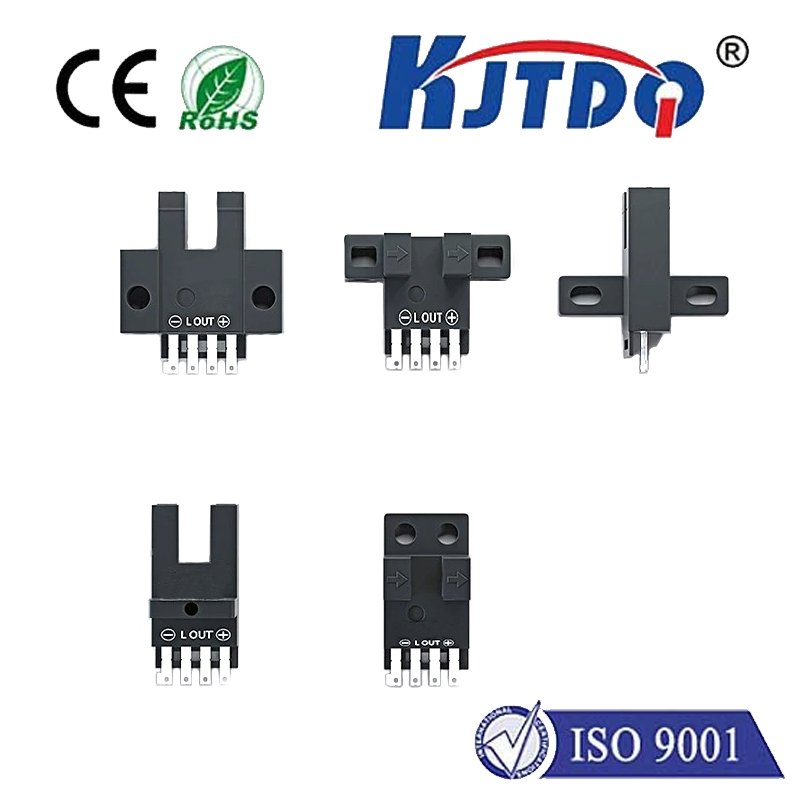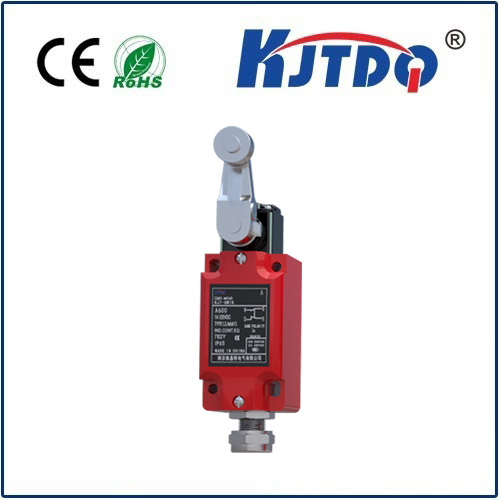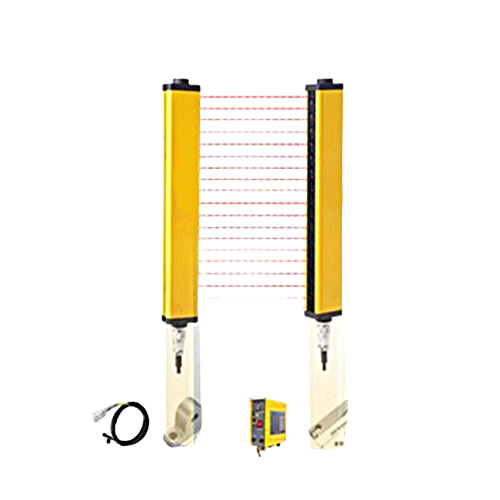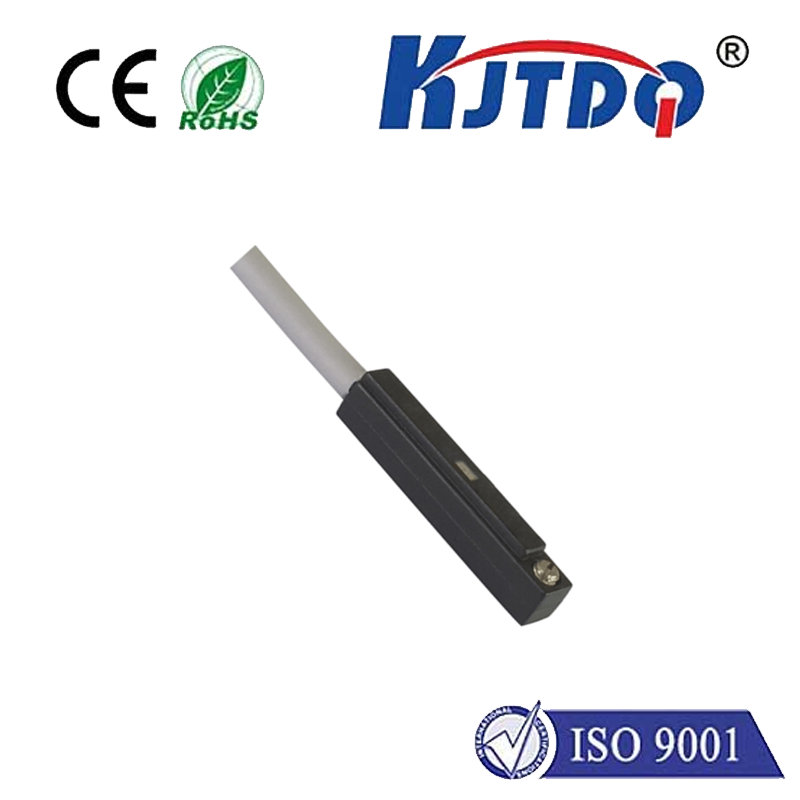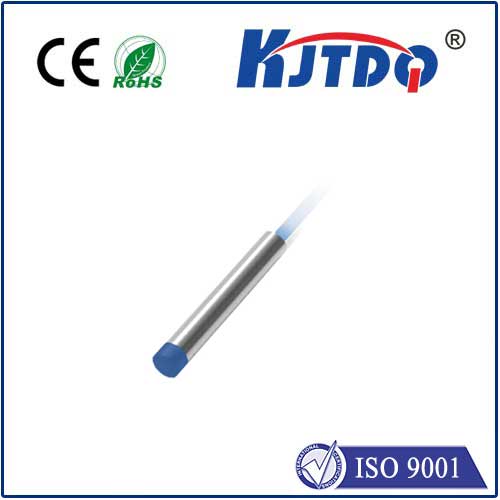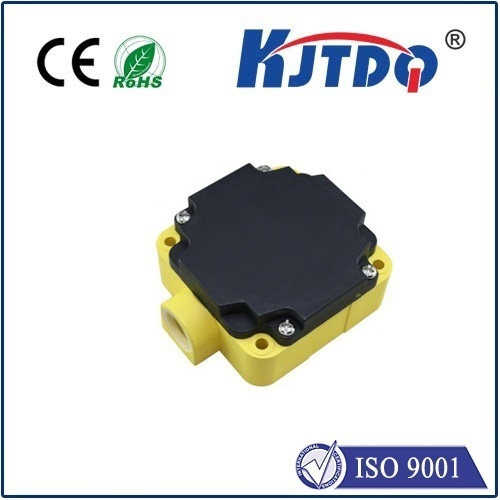Линейный датчик скорости
- time:2025-06-12 21:13:56
- Нажмите:0
Linear Speed Sensors: Precision Guardians of Motion Control
**From robotic arms gliding with micron-level accuracy to conveyor belts maintaining perfect synchronization, precise linear speed measurement underpins countless industrial processes.** But how do machines actually “see” velocity along a straight path? Enter the Linear Speed Sensor – a critical, often unsung hero enabling modern automation and quality control.
Unlike sensors measuring rotational speed (like encoders), a Линейный датчик скорости is explicitly designed to detect the rate of movement of an object traveling in a straight line. This distinction is crucial. Consider a high-speed packaging line: knowing the exact linear velocity of the belt ensures labels are applied perfectly and products are sealed at the right moment.
The Core Principles: How Linear Velocity is Measured
At its heart, converting movement into a measurable signal involves various physical principles:

- Direct Time/Distance Measurement: Some sensors measure the precise time it takes an object to pass known reference points. Knowing the distance between these points allows calculation of average speed (
Speed = Distance / Time).
- Proximity Sensing: When an object moves past fixed sensors (like inductive or Hall effect sensors), the Частота of the generated pulses is directly proportional to the object’s speed. This method excels for applications involving machinery featuring gears, chains, or belts.
- Doppler Shift (Laser Doppler Velocimetry - LDV): This sophisticated, non-contact method shines a laser beam onto a moving surface. The reflected light experiences a frequency shift relative to the original beam due to the Doppler effect. Measuring this frequency shift provides an exceptionally accurate and instantaneous reading of the surface’s linear velocity. LDV is indispensable in demanding environments like aerospace testing, materials research, and high-precision manufacturing.
- Magnetostriction: This technology employs a special waveguide wire and a position magnet attached to the moving target. A current pulse generates a magnetic field around the wire. The interaction between this field and the magnet’s field creates a mechanical stress wave (torsional strain pulse) propagating along the wire at a known sonic speed. Precise measurement of the time-of-flight of this strain pulse from the magnet position back to the sensor head determines the magnet’s absolute location. Differentiating this position signal over time yields the linear speed. This approach delivers high precision and robustness.
Why Linear Speed Sensors are Non-Negotiable
Accurate linear velocity data is far more than just a number; it directly translates into tangible benefits:
- Enhanced Process Control: Precise linear speed feedback allows control systems to dynamically adjust motors, actuators, and brakes, ensuring processes run at their optimal setpoints. This could mean maintaining constant web tension in printing or controlling the feed rate in metal cutting.
- Improved Product Quality: Consistent speed is vital for uniform application of coatings, adhesives, or printing. A Линейный датчик скорости helps prevent defects caused by speed variations.
- Increased Efficiency & Yield: Optimized speeds minimize cycle times, reduce scrap due to speed-related errors, and maximize throughput.
- Predictive Maintenance: Monitoring vibrations linked to speed variations detected by a Линейный датчик скорости can provide early warnings of bearing wear, misalignment, or imbalance.
- Safety: In systems involving fast-moving parts (e.g., high-speed doors, automated guided vehicles), real-time linear speed monitoring is critical for triggering safety interlocks if speeds exceed safe limits.
Selecting the Right Tool: Key Sensor Types
Choosing the optimal sensor hinges on the application’s specific demands:
- Laser Doppler Velocimeters (LDV): Essential for non-contact, high-precision measurement of moving surfaces (liquids, solids, powders). They offer excellent resolution and dynamic response for laboratory or clean manufacturing settings.
- Magnetostrictive Linear Position Transducers (with Speed Output): These sensors provide both absolute position and derived linear speed of a moving machine member using a magnet attached to the target. Known for high accuracy, ruggedness, and reliability in demanding industrial environments like factory automation, hydraulics, and heavy machinery. They are immune to oil, dust, vibration.
- Proximity Probe Systems: Inductive, Hall Effect, or optical proximity sensors detect passing targets (gear teeth, bolts, encoder wheels). The pulse frequency directly indicates speed. Cost-effective and robust solutions for monitoring rotating shafts connected to linear motion (e.g., conveyor drives). Ideal for measuring linear speed derived from rotary motion.
- Linear Variable Differential Transformers (LVDTs) with Circuitry: While primarily position sensors, LVDTs can have circuitry added to differentiate the position signal electronically, providing a speed output. Suitable for lower-speed, high-precision applications.
Applications Demanding Precision Motion
The reach of linear speed sensors is vast:
- Factory Automation: Ensuring precise robot motion paths, conveyor synchronization, assembly line throughput control.
- Перевозка материалов: Monitoring web speeds in paper, textile, plastic film production; controlling winding/unwinding tension.
- Automotive Testing: Measuring vehicle speed on chassis dynamometers, component test rigs, or during braking/dynamic testing.
- Rail & Transportation: Monitoring train ground speed, testing rail components.
- Аэрокосмическая деятельность: Wind tunnel testing, component fatigue testing, actuator performance monitoring.
- Packaging: Synchronizing filling, capping, labeling, and sealing operations.
Driving Excellence Through Measured Motion
Linear speed sensors, operating behind the scenes, are fundamental enablers of precision, efficiency, and reliability across diverse industries. By transforming physical displacement along a straight path into actionable electronic signals, they provide the critical velocity feedback that modern control systems rely upon. Whether utilizing laser precision, magnetostriction’s robustness, or the practicality of proximity sensing, selecting the appropriate Линейный датчик скорости technology is paramount for optimizing performance, enhancing product quality, and ensuring smooth, safe operation in an increasingly automated world. The precision they deliver directly fuels progress.

